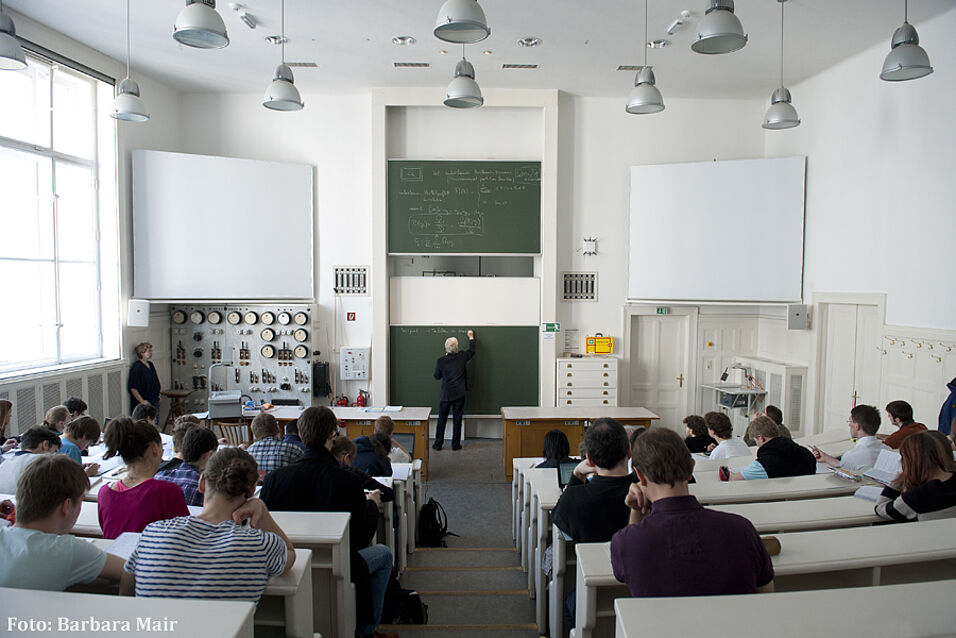We will describe the synthesis of carbon nanotubes and nanotube networks using different dopants during chemical vapor deposition. In particular, the effects of sulfur, boron and nitrogen will be discussed. For example, sulfur induces the formation of pentagons and heptagons, whereas boron aids the growth of heptagonal carbon rings, and nitrogen promotes the formation of pentagonal cusps. It will be demonstrated that it is indeed possible to assemble/grow carbon nanotube networks if a careful control of dopants is achieved during chemical vapor deposition (CVD) growth. High-resolution electron energy loss spectroscopy (HR-EELS) studies on these nanotube materials will be presented, and the locations of boron, sulfur and nitrogen within nanotubes will also be shown. First principles theoretical calculations on nanotubes containing pentagon, hexagons and heptagons in the presence of these dopants will be discussed. We will also discuss the cytotoxicity and applications as molecular sensors and virus traps of these doped nanocarbons.
This talk will also discuss the synthesis of large-area, high-quality monolayers of nitrogen-, silicon- and boron-doped graphene sheets on Cu foils using ambient-pressure chemical vapor deposition (AP-CVD). Scanning tunneling microscopy (STM) and spectroscopy (STS) reveal that the defects in the doped graphene samples arrange in different geometrical configurations exhibiting different electronic and magnetic properties. Interestingly, these doped layers could be used as efficient molecular sensors in conjunction with Raman spectroscopy. In addition, the synthesis of hybrid carbon materials consisting of interconnected graphene layers (graphene foams) by solvothermal routes will be discussed. These foams are highly conducting, very robust and can operate at temperatures ranging from 77K to 1173K.
Mauricio Terrones (Spain): Low-Dimensional Nano-Carbons: Form Doped Carbon Nanotubes and Doped Graphene to 3-D Hybrids and Biological Applications
Location:
Verwandte Dateien

Foto: Barbara Mair
